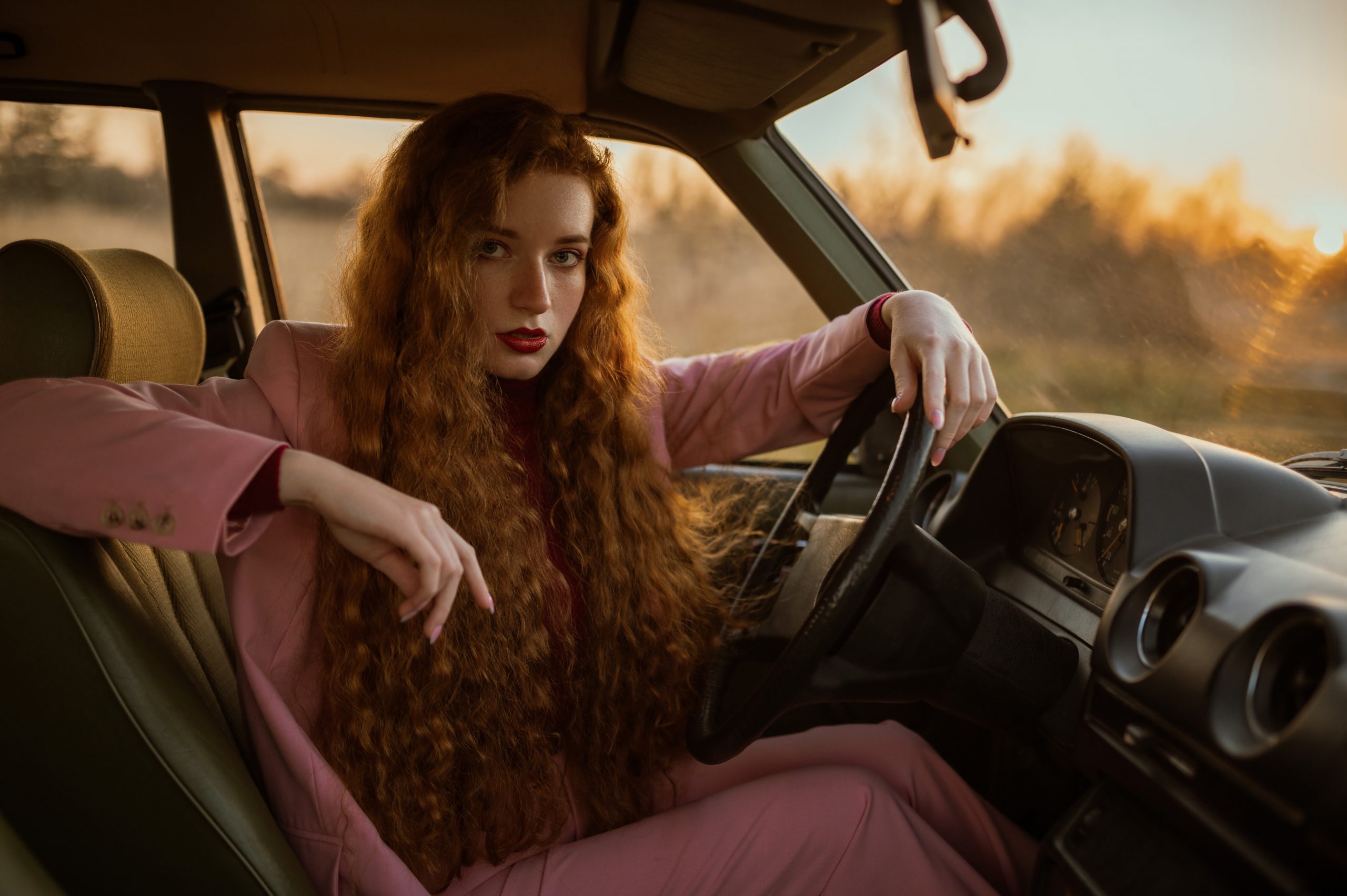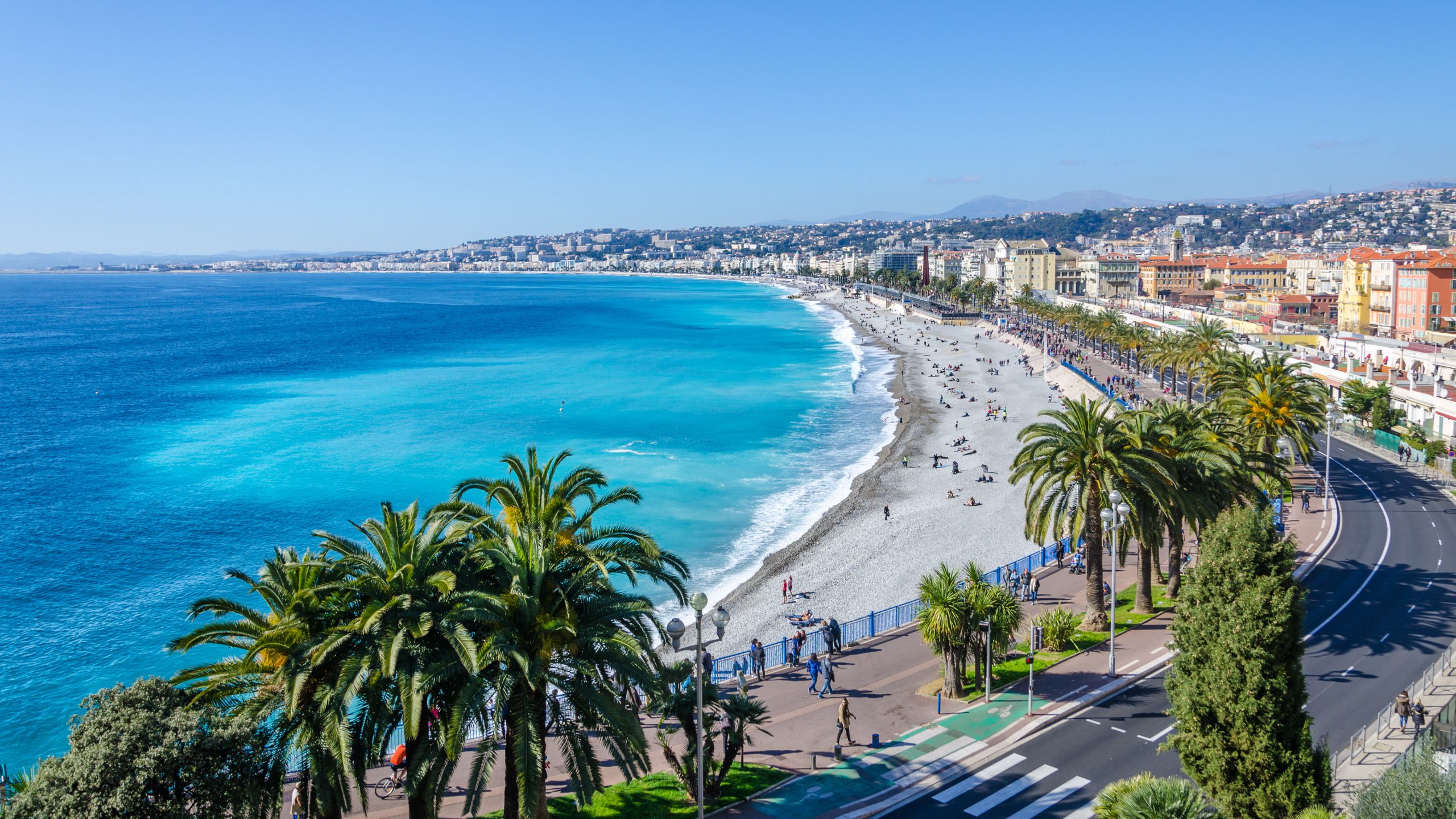
In this age of multiplexes that boast IMAX, Dolby Cinema and/or RPX auditoriums—large-format, giant-screen temples where both the picture and sound are designated to swallow you up and immerse you in your feature presentation—an old-school, premium film format has been making a comeback.
For most of the 20th century, epic, cinematic productions, from “Lawrence of Arabia” to “Die Hard,” often had 70mm prints struck and shown in specially equipped theaters for limited engagements. 70mm has a higher resolution than both 35mm and 4K DCP. It captures a bigger, brighter picture, complete with a broader color range and detailed, vibrant visuals. However, by the mid-’90s, showing films in 70mm began to die down, years before showing films on 35mm began to die down. (35mm has also been making a comeback; Alexander Payne’s “The Holdovers” and Todd Haynes’ “May December” are two new films that have been shown in 35mm across the country.)
But even though multiplexes mainly screen movies using digital projection, 70mm films have been slipping back into theaters. Last summer, Christopher Nolan’s latest, shot-with-IMAX-cameras opus “Oppenheimer” was shown in both 70mm and IMAX 70mm formats. IMAX theaters that could still project 70mm film—30 worldwide, 19 nationwide—had sold-out screenings all throughout the season. Those theaters alone raked in $17 million. TikTokers would document the journey they would take just to catch the three-hour biopic in IMAX 70mm. (One person I know attended a Mann’s Chinese Theatre screening at 6am on a Sunday, and that was also sold out.)

Recently, the IMAX 70mm “Oppenheimer” was brought back for a one-week run at select theaters. But the movie can still be seen in Digital IMAX and 70mm formats. Thomas Hauerslev, a Copenhagen-based editor who’s been running the in70mm.com website since 1999, has seen “Oppenheimer” six times in 70mm, in Denmark, Sweden, and Germany. Even though he hasn’t seen it in IMAX 70mm, watching it in 70mm was still a thrill to behold. “For me,” says Hauerslev, “it’s the mechanical thing because, being a projectionist, I know what it takes to be upstairs in the projection room and run that big film. It’s like moving Hasselblad pictures, because it’s so sharp, it adds a depth to the image. It’s a kind of reality you can’t get anywhere else. It’s the perfect illusion of reality. It’s as if you are in the movie. It’s like looking out of a window.”
More movies are getting the 70mm treatment. Zack Snyder’s latest Netflix sci-fi epic “Rebel Moon: A Child of Fire” had a week-long, 70mm engagement in a few theaters before it hit the platform. And Ridley Scott’s “Napoleon” played in 70mm in several North American theaters, including the newly reopened Vista Theatre in Hollywood, which is now owned by Quentin Tarantino. (The director is no stranger to the 70mm format; his last two films, “The Hateful Eight” and “Once Upon in a Time in Hollywood,” had 70mm engagements.)
Mark E. Anastasio, director of special programming at the Coolidge Corner Theatre in Brookline, Mass., says the theater’s recent, 70mm run of “Napoleon” did quite well. “I don’t think any showings were sold out, but we certainly had healthy-sized audiences for the primetime shows,” Anastasio said in an email. “The demographics definitely skewed a bit older and male. People were talking about the 70mm difference! We have a display of 70mm and 35mm frames set up in our box office window to show folks the size difference. And I feel like a lot of the celluloid fans know to come here for these special engagements.”
Nolan and Tarantino aren’t the only film-loving auteurs striking up 70mm prints of their pictures. Last year, Damien Chazelle and Jordan Peele were going around showing their respective, old-Hollywood tributes—“Babylon” and “Nope”—in 70mm. In previous years, Steven Spielberg (“Ready Player One”), Alfonso Cuaron (“Roma”), Todd Phillips (“Joker”), and Patty Jenkins (“Wonder Woman”) have also done 70mm blow/glow-ups.

If you wanna know when this 70mm resurgence truly began, we have to go back over a decade ago. Paul Thomas Anderson shot his 2012 film “The Master” in 65mm film stock, which led to the film having 70mm showings during its run. This was mostly thanks to former distribution boss Erik Lomis, who passed away earlier this year. When Lomis was head of distribution at The Weinstein Company (which released “Master”), Anderson convinced him releasing it in 70mm was the way to go. “He explained how the projectors worked, I was humbled,” Anderson said during an event that honored Lomis, “He mapped out how he would release the 70mm (edition of ‘The Master’).” Lomis also told him that if theaters didn’t want to play it, he “was going to put projectors in them.”
Anderson has not only struck 70mm prints of his post-Master films; he has also gone back to get a 70mm print of his breakthrough 1997 film “Boogie Nights,” which played at several repertory theaters this year. Grant Moninger, artistic director of LA-based rep-theater collective American Cinematheque, has programmed many 70mm films. (“Boogie” did five packed nights at the Cinematheque’s Aero Theatre last February.) He’s glad Anderson got the ball rolling on reviving 70mm. “It had been pretty much neglected since Kenneth Branagh’s ‘Hamlet’ or Spike Lee’s ‘Malcolm X,’” he says. “Some of those were the last gasp of 70. And, so, when Lomis and PTA did that, I think it opened up a world where people started to see it again.”

Repertory theaters around the country have also been getting in on the 70mm love. During the summer, theaters in Chicago, Los Angeles, New York, and Somerville, Mass. have annual 70mm festivals. Netflix also had 70mm festivals when they re-opened movie palaces in New York and Los Angeles. LA venues like the Academy Museum and the Fine Arts Cinema in Beverly Hills continually have 70mm showings. American Cinematheque just had a mini-70mm fest of Nolan’s recent films. (Nolan and producer/wife Emma Thomas were in attendance for Oppenheimer.) There will also be a New Year’s Eve screening of Anderson’s “Phantom Thread.”
Whether they’re being shown at a multiplex or a repertory theater, 70mm films are still attracting audiences young and old. 70mm offers moviegoers something they can’t get from their flat-screen TV at home: a grand, nostalgic, moviegoing experience. Considering that the upcoming “Dune: Part Two” will be shown in IMAX 70mm, it appears that studios are beginning to realize that 70mm can bring people back to the theaters. “To me, it’s an added attraction,” says Hauerslev. “It all comes down to how do we get the audience into the cinema. You have to show something different from the neighbor cinema… In the ‘80s, when you show a ‘Star Trek’ film in 70mm in Theater A and, next door, you have Theater B, people will flock to Theater A to see it in 70mm. So, people just know that, in 70mm, that’s a better presentation compared to 35mm in the old days, and it’s basically the same today. I mean, you have to have something that gets the audience out of their sofas in their nice living rooms and into the cinemas. And, to me, 70mm has always been able to do that.”




